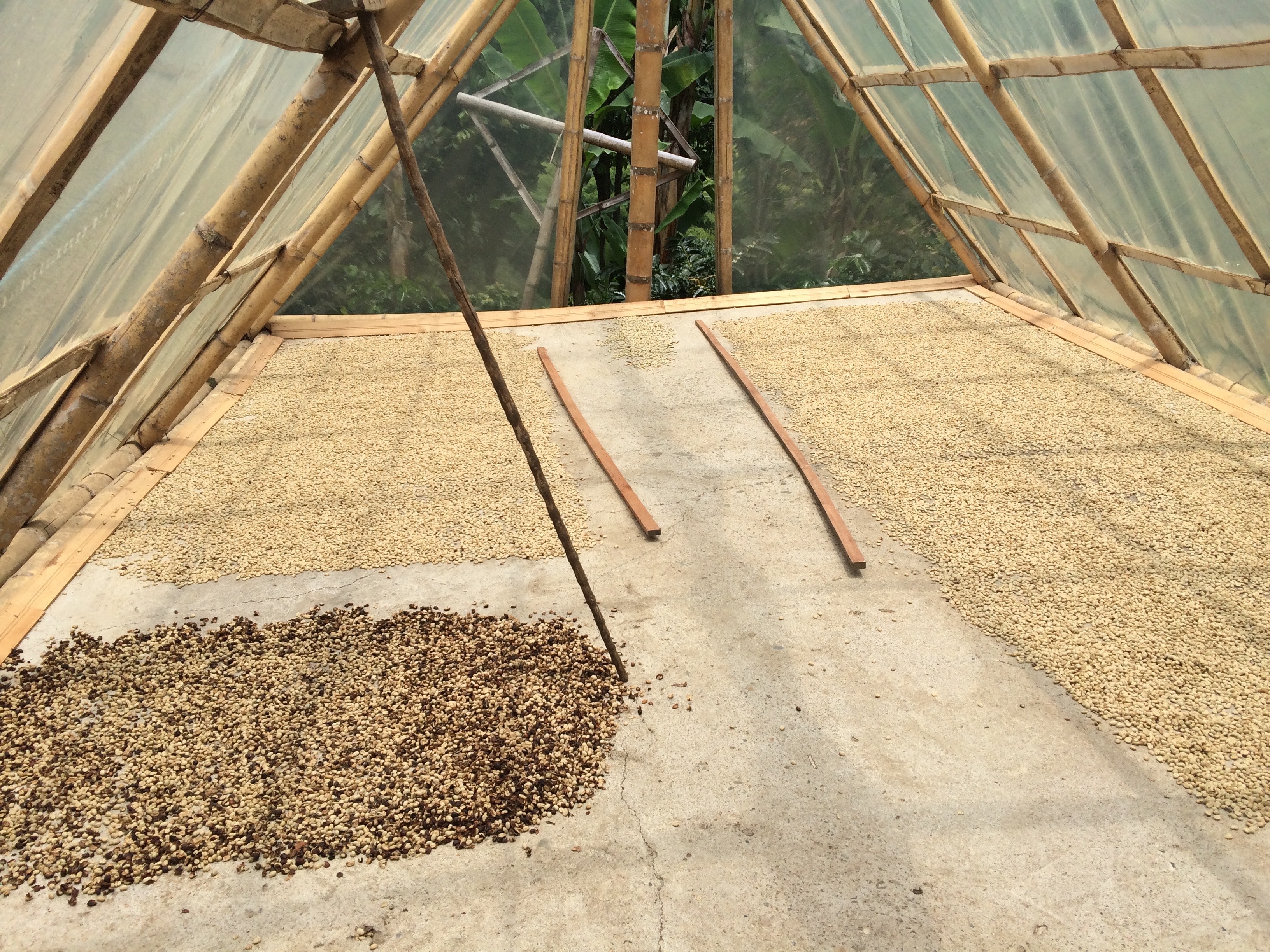PRIME COFFEE GROWING REGIONS IN BRAZIL
Microclimates within certain regions of Brazil can produce some outstanding coffees. In particular, some specific areas within Cerrado, Matas de Minas, Mogiana, and Sul de Minas regions are known to cultivate excellent coffee.


MINAS GERAIS
Minas Gerais means “General Mines”, named after the gold rush in the 18th century. It is the largest coffee-growing state in Brazil, accounting for close to 50% of the total coffee grown. It’s here that you’ll find Sul de Minas, with its mild climate consistently around 22 Celsius. The “small” farms range from 10 to 100 hectares and produce almost 30% of all Brazilian coffees, known for being full bodied with fruity aromas and citric flavors.
SAO PAULO
Sao Paulo is where you’ll find the infamous Port of Santos, and is composed of Mogiana, and Centre-Oeste de Sao Paulo. The altitude in Mogiana is some of the highest in Brazil ranging from 900 to 1,100 meters above sea level.
Bahia, Brazil, June 17, 2004, Autumn harvester of coffee cherries on a coffee plantation in Luis Eduardo Magalhaes, western to Bahia state, Brazil


BAHIA
Bahia is broken into a couple of regions and is the furthest North-East you’ll find Brazilian coffee. It’s fairly new to the game, having only started growing coffee in the 70s, but rapid deployment of technology means that it’s a powerhouse in the country. Brazilian Cerrado coffees come from this region, which is primarily Arabica.
A combination of irrigation systems and consistent weather means that the coffees grow uniformly and can be harvested mechanically by large equipment, increasing the efficiency and yield.
ESPIRITO SANTO
Espirito Santo grows primarily Robusta coffee beans and doesn’t get much attention in the specialty coffee market, but is actually the second highest producer in Brazil by volume. The main regions here are Montanhas de Espirito Santo and Conilon Capixaba.












